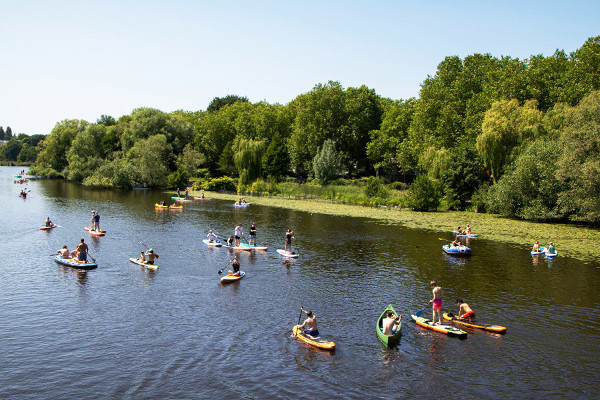How to Get Started with Fishing for Beginners: Essential Tips and Techniques
Fishing for beginners can seem overwhelming, but it’s all about taking the first step and learning the basics. Whether you’re looking to choose the right gear, find the best spots, or understand the perfect times to cast your line, our guide provides all the essential tips you need. From mastering the art of casting to handling your catch, this guide will make sure you’re prepared for a successful and enjoyable fishing experience. So, grab your rod and reel – your fishing adventure starts here!
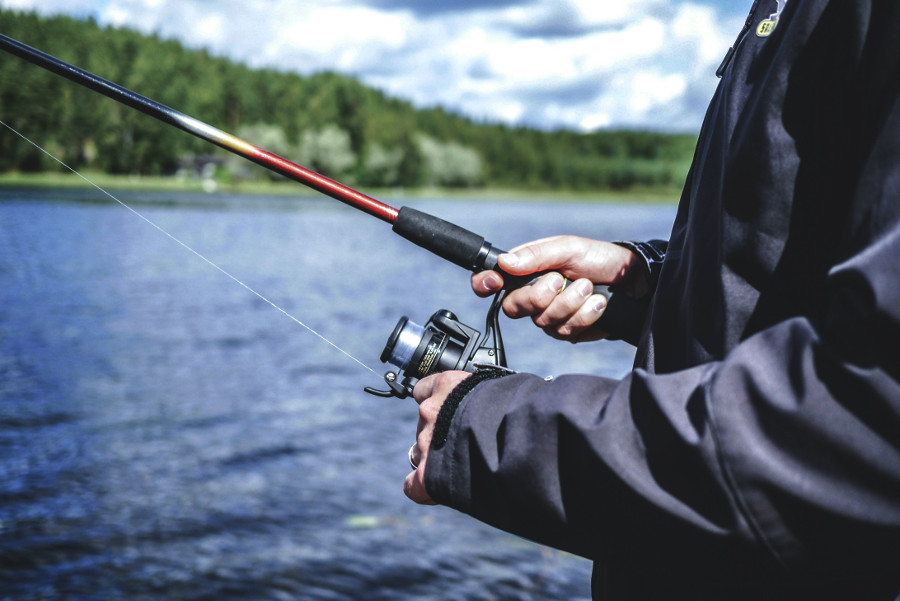
1. What are the basic fishing tips for beginners?
Fishing is, at its core, a peaceful way to reconnect with nature. For beginners, it’s important to remember that patience is the key. Start with an easy-to-reach spot, where the water is calm and fish are abundant. Pay attention to the small signs around you, like ripples or the way the water moves, and keep an eye on the weather. Fish tend to be more active during cooler parts of the day, so plan accordingly. Cast your line and relax – fishing isn't about rushing, it's about embracing the stillness. Most of all, be mindful of local regulations and always leave nature as you found it, respecting the environment around you.
2. What equipment do I need for fishing as a beginner?
When you’re just starting out, keep things simple. You don’t need fancy gear to have a good time on the water. A basic spinning rod and reel combo will do the job, offering versatility and ease of use. Add a tackle box to hold your hooks, baits, and lures, and make sure to pack a spool of fishing line suitable for your catch. A fishing net is useful for landing your fish safely, and a pair of pliers can help you remove hooks quickly. Dress for the weather and protect yourself from the elements. With minimal gear, you’ll be ready to enjoy the tranquility of fishing, without feeling overwhelmed.
3. How do I choose the right fishing rod and reel?
Selecting the right rod and reel doesn’t need to be complicated. For most beginners, a medium-action rod (around 6-7 feet) paired with a spinning reel is perfect. It’s versatile enough to handle a variety of fish and easy to manage, even for those new to fishing. The key is to match your rod to the kind of fish you’re aiming for. If you plan on going after larger fish, look for a heavier rod and reel. Materials like graphite or fiberglass are durable and lightweight, ideal for comfort. Above all, make sure the reel has a smooth drag system, which allows you to control the fish’s movements.
4. What type of bait should I use for fishing?
Choosing the right bait is part of the experience – what you use depends on the fish you’re after. In freshwater, live worms or minnows are simple and effective, attracting a wide range of species like bass or trout. Artificial lures, from spinners to jigs, are also excellent options, especially when the fish are more active. In saltwater, shrimp or squid are often the best choice. The key is to match your bait to the fish’s natural food source, whether that's something small and wriggling or a larger, more stationary creature. Knowing your target species' preferences can turn a quiet day into a successful one.
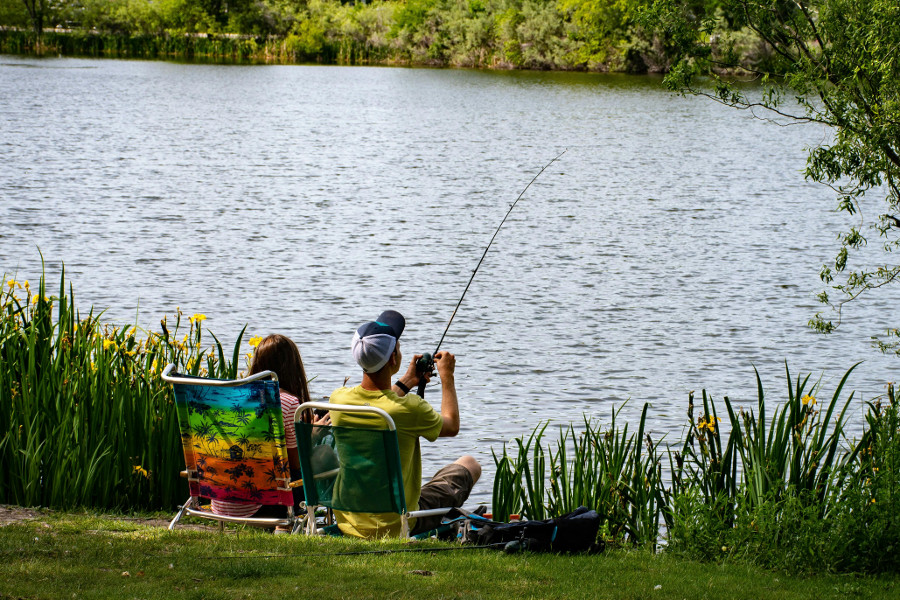
5. How do I cast a fishing line properly?
Casting a fishing line is all about smooth, controlled movements. Hold the rod with both hands – one near the handle and the other near the midpoint. To cast, first press the bail (the metal arm on the reel) to release the line. When you bring the rod back over your shoulder, keep your movements fluid and relaxed. Then, with a steady push, cast the rod forward, releasing the line as the tip moves through the air. Don’t rush; the goal is accuracy and distance. After practice, casting will become second nature, and you’ll find your rhythm, whether you’re fishing in a calm lake or a flowing river.
6. How do I find good fishing spots near me?
Finding the perfect fishing spot is a bit like discovering a secret hideaway. It starts with research. Check local fishing maps or apps to locate nearby lakes, rivers, or coastal areas. Ask other anglers or visit local bait shops, where tips are often freely shared. Pay attention to the water – fish are drawn to places where they feel safe and have plenty of food, like quiet coves or deeper pools. Keep an eye on natural signs, such as jumping fish or moving ripples. Explore different locations and learn to read the water; each spot tells its own story, and the adventure is part of the fun.
7. What are the most common fishing mistakes to avoid?
Fishing is a practice that rewards mindfulness, but there are a few common missteps beginners often make. First, don’t overcomplicate your gear – simple tools can get you just as far as fancy ones. Don’t rush either – patience is essential. Many new anglers get discouraged after a short time without a catch, but the key is persistence. Another mistake is not properly handling fish, which can harm both the fish and your chances of a good release. Don’t forget to check local regulations before heading out. Lastly, be aware of your surroundings and weather – fishing is as much about timing as it is about technique.
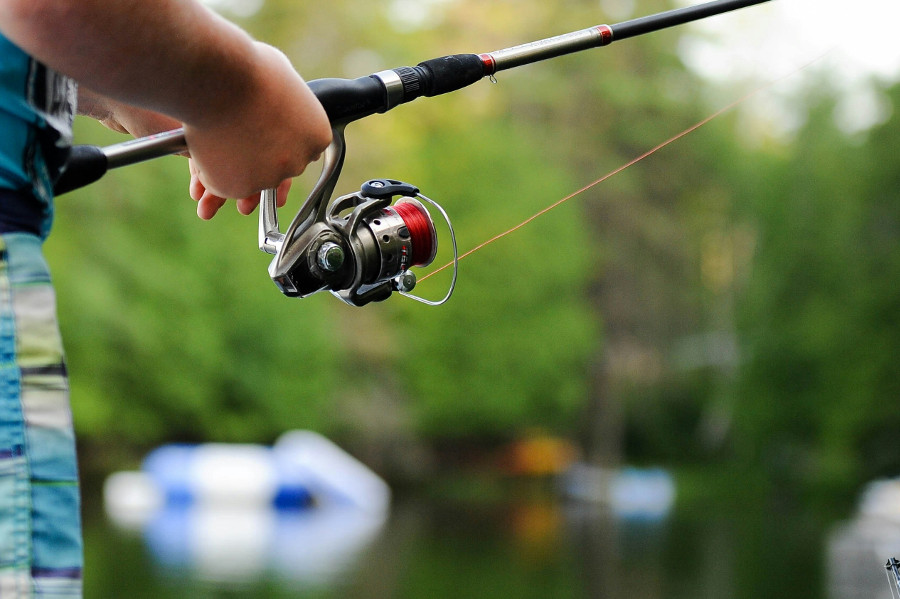
8. How do I know when I’ve caught a fish?
You’ll know you’ve hooked a fish when you feel a tug on the line – a steady pull, rather than a random jerk. This signal is your cue to reel in, but don’t rush it. Allow the fish to take the line if needed, and then slowly start reeling, keeping tension on the line. The fish may try to dart away, so don’t let go. Keep a steady hand on the rod and pay attention to the way it bends – your rod is a great tool for reading the fish’s movements. With practice, you’ll soon sense when it’s time to reel in and when to wait.
9. What is the best time of day to go fishing?
Fishing is often most rewarding in the early morning or just before sunset. These are the cooler hours of the day when fish are more active, hunting for food near the surface. During the heat of midday, fish tend to retreat to deeper waters, where the temperature is more comfortable. On overcast days, fish may be more willing to venture out, as the clouds diffuse the sunlight. The best times, however, depend on the species you're targeting and local conditions. Tides and lunar phases also play a role, so it’s worth considering these factors before setting out.
10. What kind of fish are easiest to catch for beginners?
For those just starting, some species are easier to catch than others. Small, abundant fish like bluegill or sunfish are great for beginners, especially in freshwater environments. These fish are often found in shallow, easily accessible waters. Bass is another option; while it may take a bit more time and technique, it’s still manageable for new anglers. In saltwater, species like redfish or snapper are common targets. These fish are more forgiving in terms of bait and technique, making them ideal for getting the hang of things before you target more challenging species. They’re also plentiful, so you’ll have plenty of opportunities.
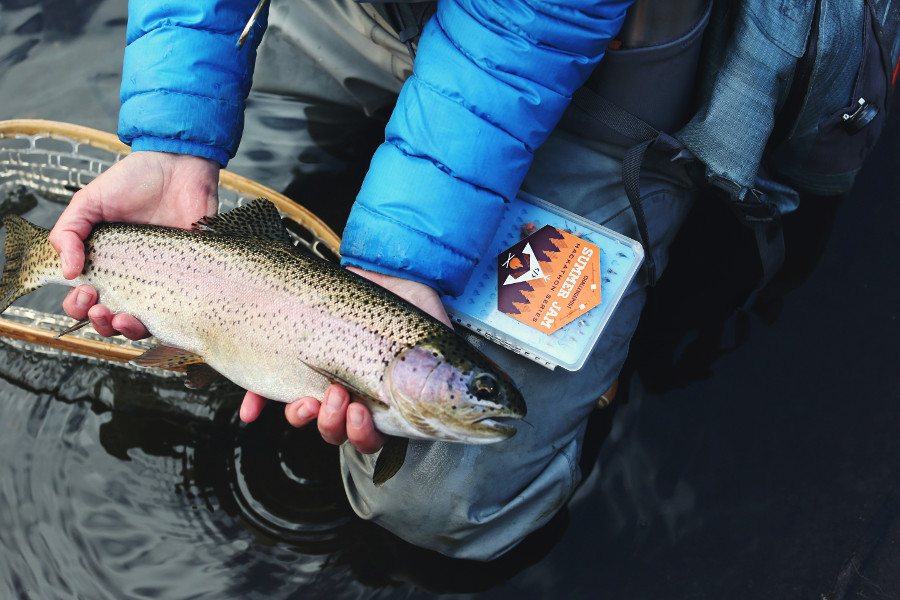
11. How do I handle and release fish safely?
Handling and releasing fish is an art – one that ensures their survival and protects the ecosystem. Wet your hands before touching the fish to avoid damaging its protective slime. Hold the fish gently, either by the belly or under the jaw, and avoid touching the gills or eyes. If the fish is hooked, use pliers to remove the hook with care. When it’s time to release the fish, do so gently. If the fish is tired, help revive it by holding it underwater and gently moving it back and forth. If it swims away on its own, you know you’ve done it right – safe handling ensures future generations.
12. What are the different types of fishing (e.g., freshwater vs saltwater)?
Fishing comes in many forms, each with its own unique experience. The two main categories are freshwater and saltwater fishing. Freshwater fishing takes place in lakes, rivers, and ponds, where species like trout, bass, and bluegill are common targets. These fish are generally smaller and more accessible. Saltwater fishing, by contrast, occurs in oceans or coastal areas, where the fish are larger and the conditions more demanding. Saltwater fishing often requires heavier gear and specialized techniques. Other variations, like fly fishing or ice fishing, provide different ways to connect with nature. Each style has its own rhythm, but they all share the same goal: a peaceful connection with the water.
Enjoy your fishing adventure in nature.

